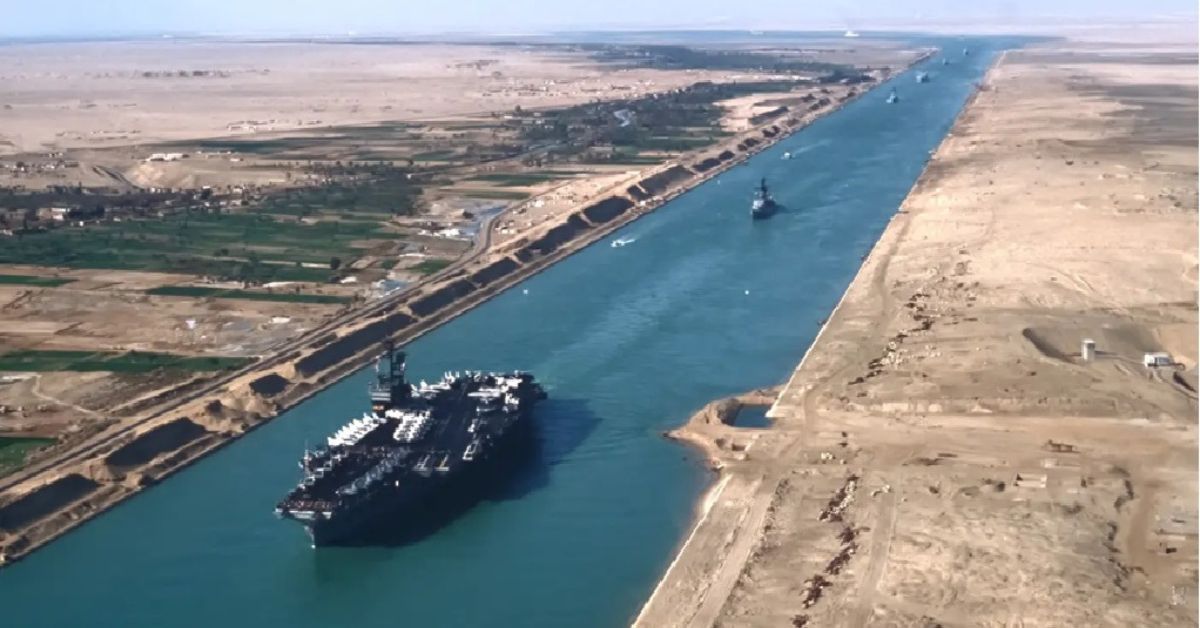Egypt’s Suez Canal Authority (SCA) is offering a 15 per cent discount from May 15 on transit fee to cargo ships of minimum 130,000 mt capacity, underscoring the impact that the Red Sea security crisis has had on the waterway critical to the shortest maritime route to the Mediterranean Sea and beyond from the Arab Peninsula, North-East Africa, and the Arabian Sea.
“The SCA has issued incentives and reductions of 15 per cent on the transit tolls of container ships of 130 thousand tonnes or more in net tonnage (loaded or in ballast) for 90 days,” said Admiral Ossama Rabiee, SCA chairman and MD after a meeting with the Italian Ambassador to Egypt, Michele Quaroni.
Earlier, Rabiee also reached out to 25 major shipping line operators and maritime agencies, urging them to gradually return their vessels to the Suez Canal citing the positive development “towards the return of navigation in the Red Sea”. This came three days after US President Donald Trump announced that Iran-backed Houthi militia had agreed to a ceasefire in the Red Sea. The Houthis maintained that Israel-flagged and -linked ships are not part of the agreement with the US, and they will continue to be targeted.
In November 2023, Yemen-based Houthi rebels, backed by Iran, began targeting commercial vessels that they believed were linked to Israel and its key allies in response to its military offensive in Gaza. This crisis prompted the world’s major container lines to divert their ships from the Red Sea route and navigate around the Cape of Good Hope. With much of the cargo movement rerouting away from the Suez Canal, its revenue crashed to around $4 billion in 2024 from $10.3 billion in 2023.
“This (discount offered) seems to be a move to bring the container ships, also called boxships, back to the Suez Canal. Bulk carriers and tankships were diverted from the Suez Canal, but these boxships were a major source of revenue for the SCA,” said Anil Devli, CEO, Indian National Shipowners Association.
With the SCA offering steep discounts and the apparent calm in the Red Sea, even if fragile, the central question is: will vessels return to this key artery of global shipping and trade anytime soon?
The Suez Canal accounts for nearly 12-15 per cent of global trade, according to IMF data. Nearly 30 per cent of global container traffic flowed through the Suez Canal before the Houthi attacks began. It is also a key passage for 8-9 per cent of global energy flows.
As of May 11, 2025, Suez Canal’s daily transit trade volume (TTV) stood at 484,137 mt, compared with 1,349,086 mt a year ago, shows data from PortWatch, a live conflict tracker maintained by the IMF and Oxford University. TTV denotes the total volume of goods transported through a shipping route. Daily TTV stood at 11,052,600 mt as of May 11, 2025 at the Bab el-Mandeb Strait, compared with 1,192,116 mt a year ago, according to PortWatch data.









